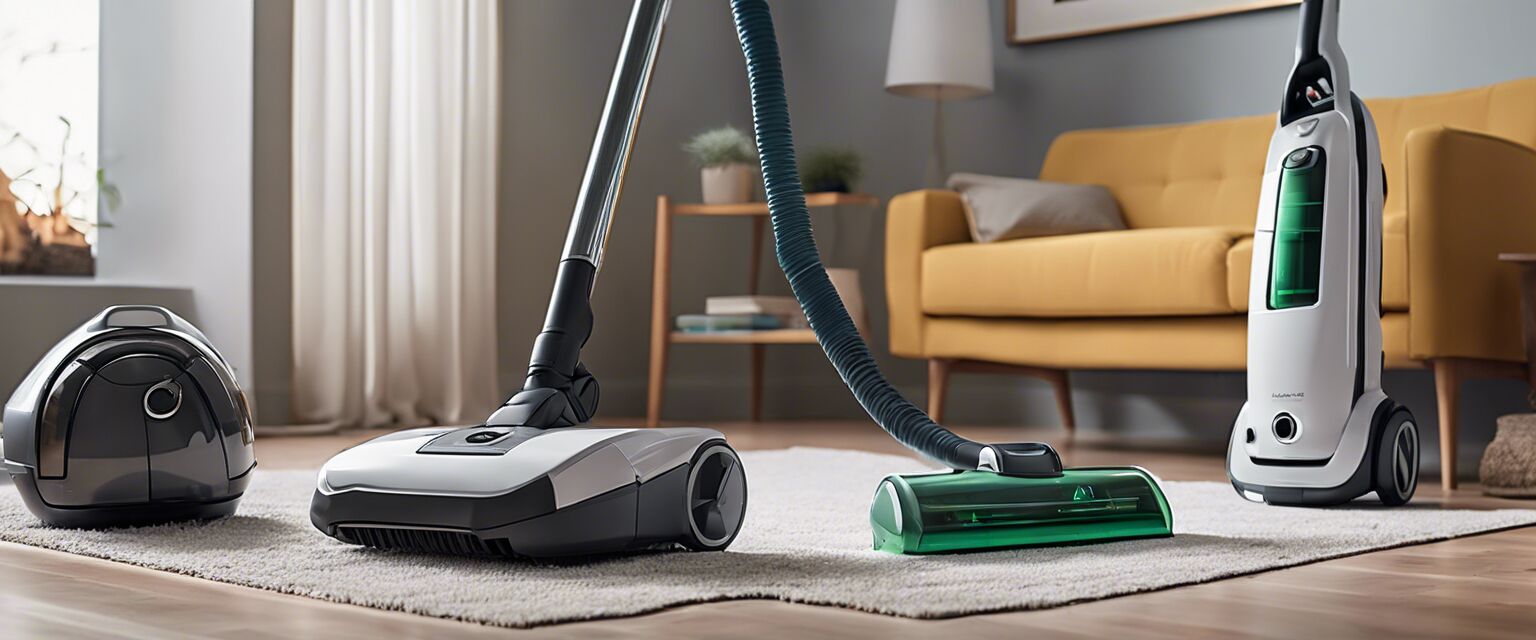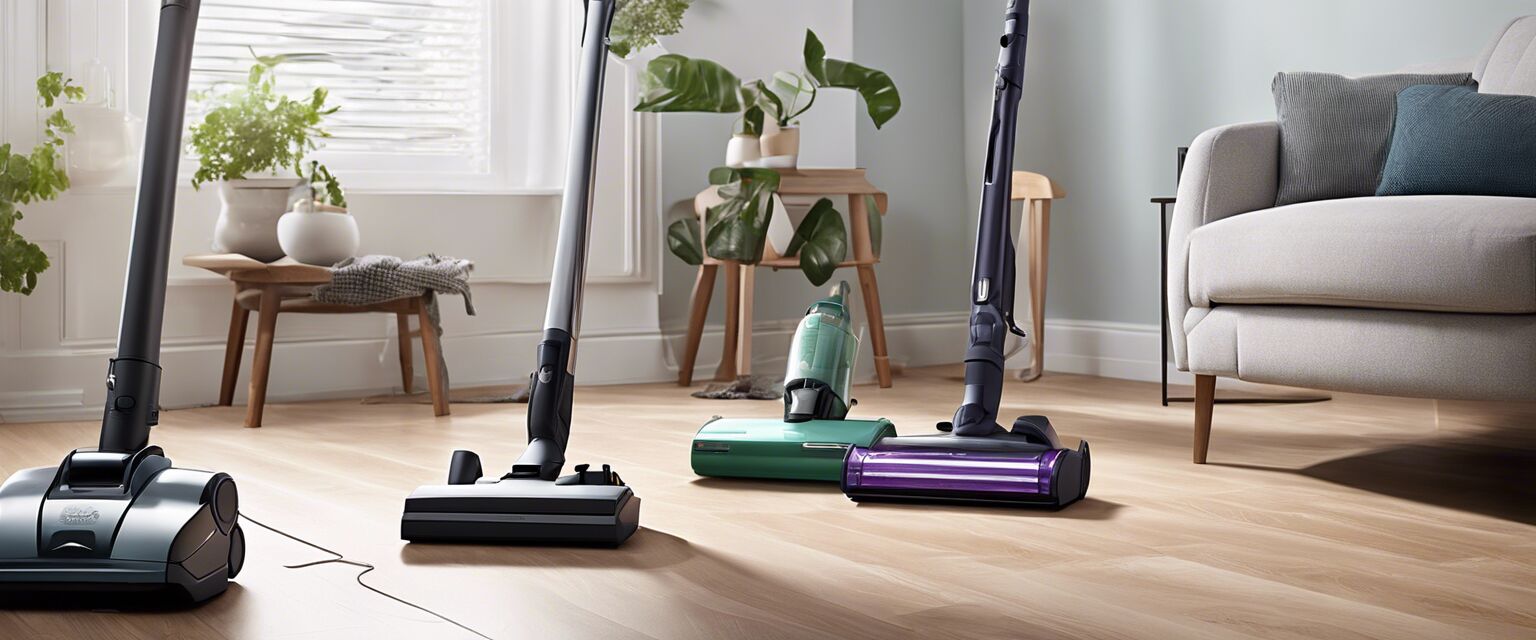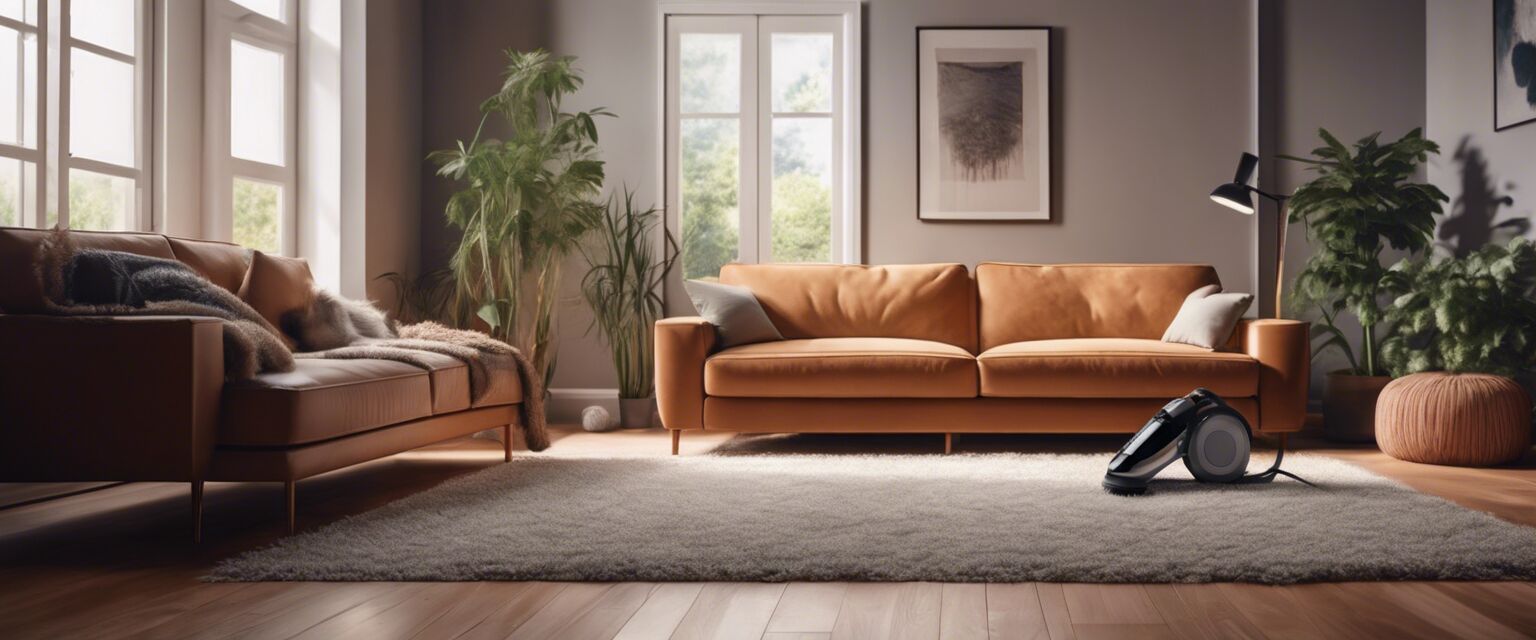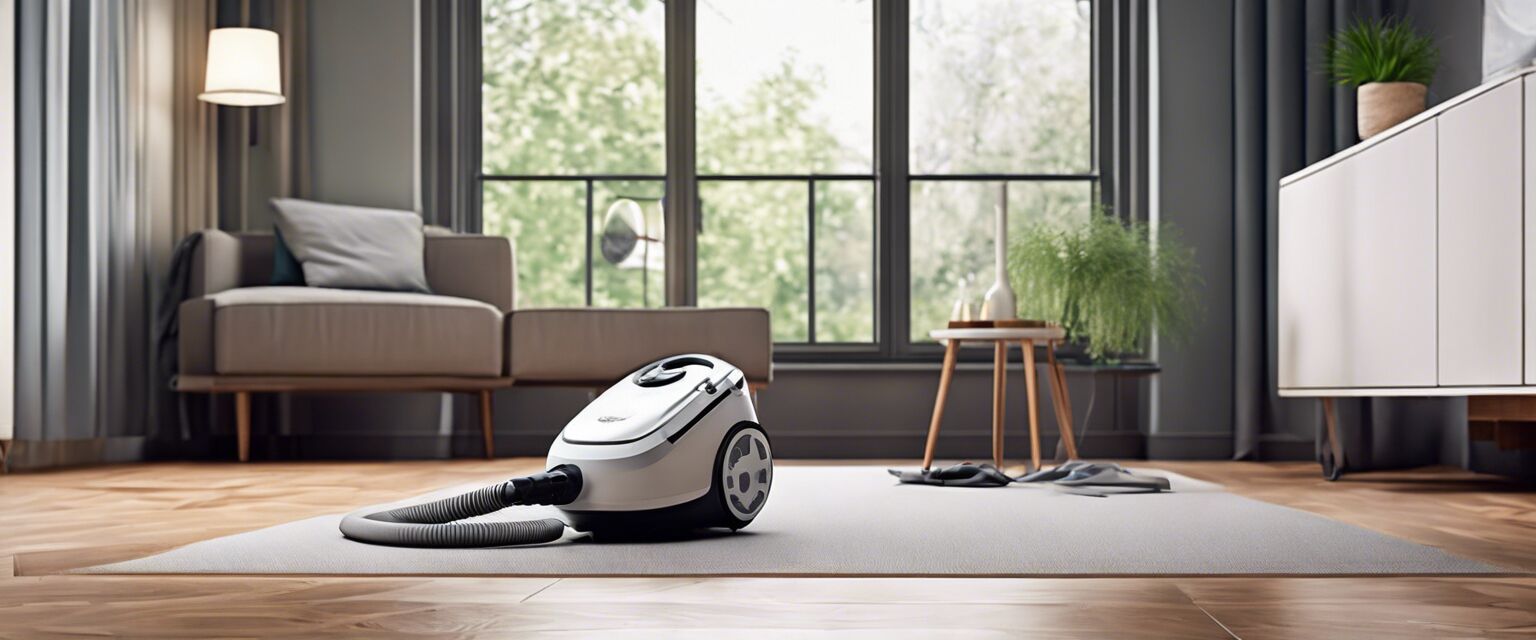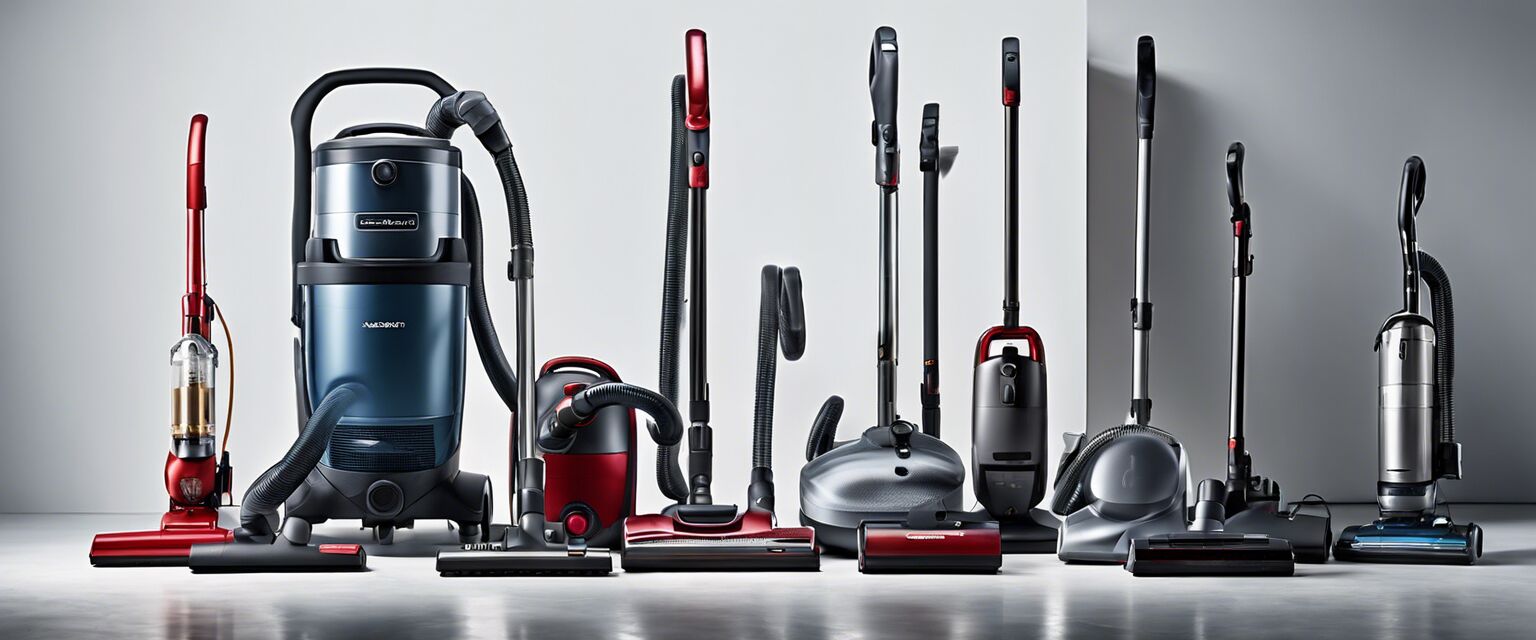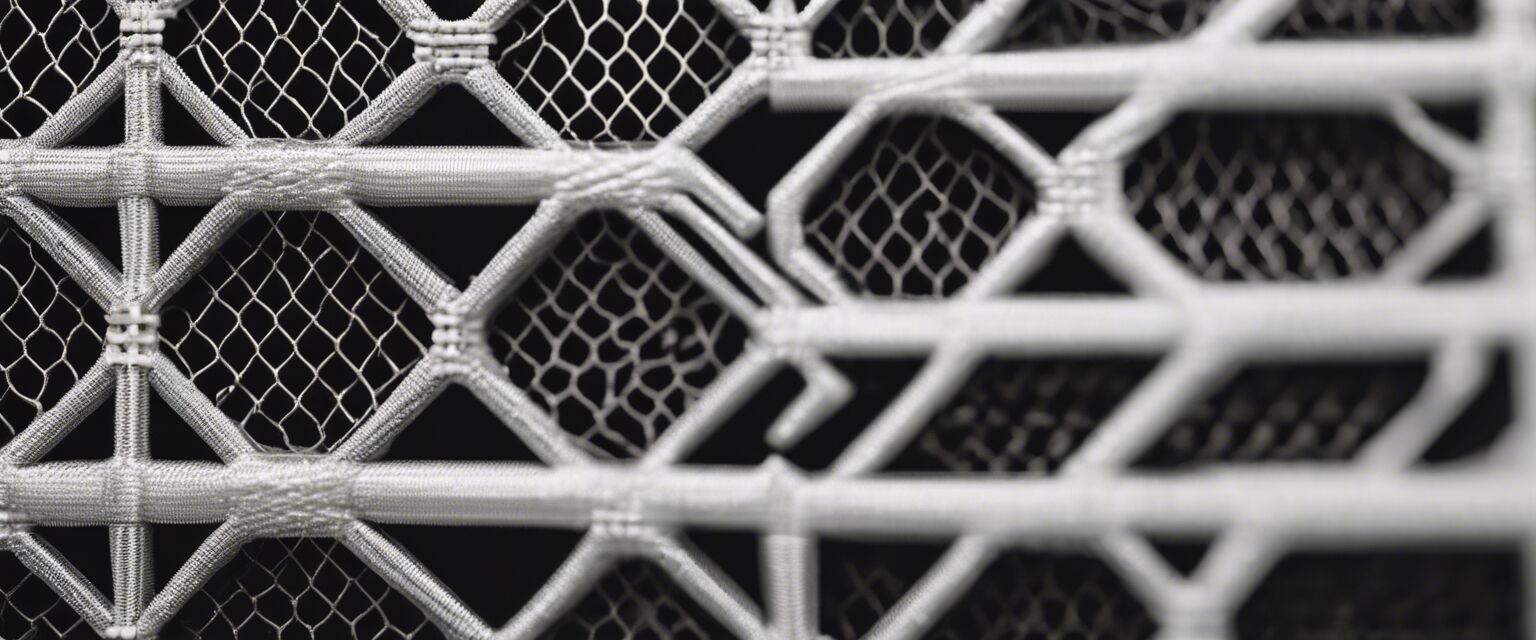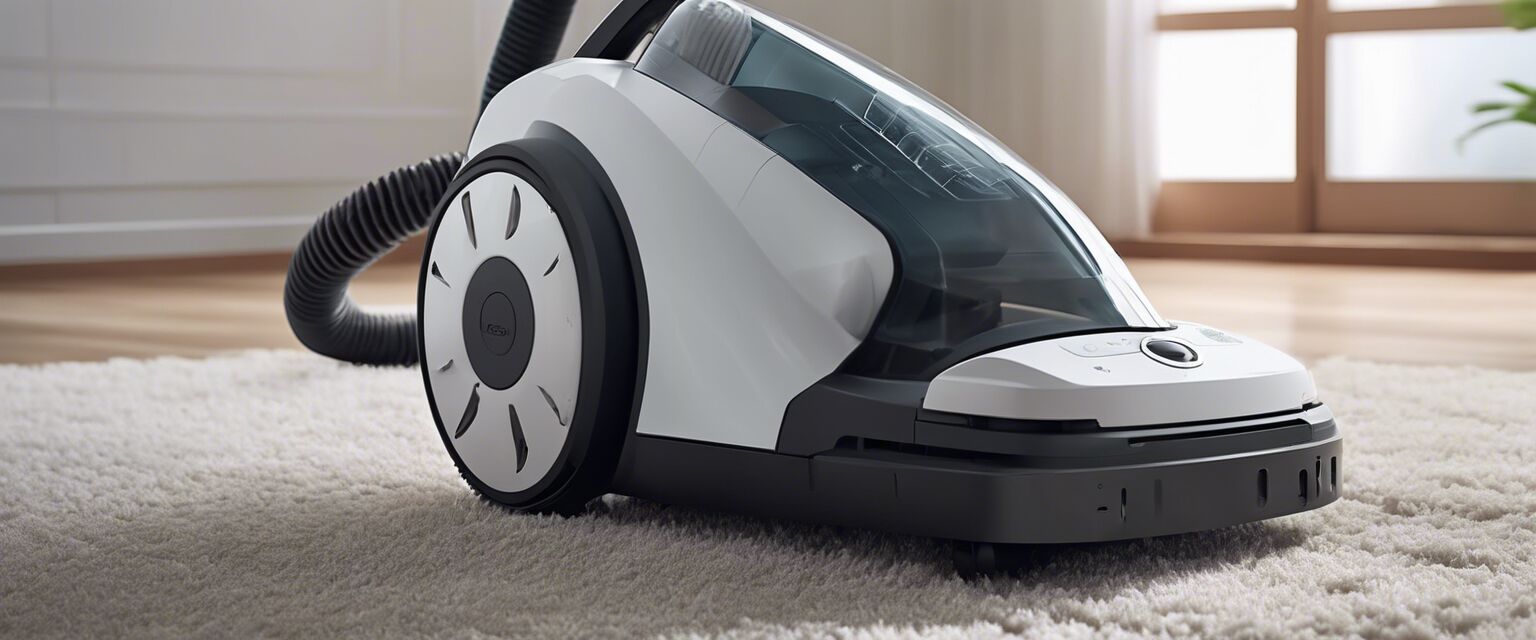
This article was generated using AI and is based on real customer reviews from the Amazon platform. It contains affiliate links, meaning we may earn a commission—at no extra cost to you. As Amazon Associates, we earn from qualifying purchases.
Vacuum Technologies for Allergies
Key Takeaways
- Understanding various vacuum technologies can significantly aid in managing allergens at home.
- HEPA filters are essential for trapping small particles that trigger allergies.
- Bagged vacuums often provide better filtration than bagless models.
- Robotic vacuums offer automation but may lack deep cleaning capabilities.
- Regular vacuum maintenance ensures optimal performance and allergen reduction.
In todayâs world, managing allergies can often feel like a daunting task. The right vacuum technology plays a critical role in maintaining cleanliness and reducing allergens in our living spaces. This article delves into various vacuum technologies designed specifically to help reduce allergens effectively.
Understanding Vacuum Technologies
There are several types of vacuum technologies available on the market. Each type can directly affect its ability to capture allergens. Knowing which technology suits your needs can lead to a cleaner, healthier home.
Types of Vacuum Technologies
| Type of Vacuum | Technology | Key Features |
|---|---|---|
| Bagged Vacuum | HEPA Filter | Highly effective at trapping allergens; disposable bags can be discarded |
| Bagless Vacuum | Multi-Cyclonic | Uses centrifugal force to separate dirt; often requires regular cleaning |
| Robotic Vacuum | Smart Navigation | Autonomous cleaning; may have limited dirt retention |
| Upright Vacuum | Brush Roll Technology | Effective for deep cleaning carpets; may scatter allergens |
| Stick Vacuum | Lightweight Design | Ideal for quick cleanups; limited suction power for deep cleaning |
HEPA Filter Vacuums
One of the most important features to look for in any vacuum is a high-efficiency particulate air (HEPA) filter. These filters are designed to capture 99.97% of particles that are 0.3 microns or larger, including dust, pollen, and pet dander.

Benefits of HEPA Filters
- Traps finer particles compared to standard filters.
- Reduces appealing conditions for allergenic substances.
- Maintains healthier indoor air quality.
Bagged vs. Bagless Vacuums
Choosing between bagged and bagless vacuums can be a challenge. Both have their own advantages and disadvantages when it comes to controlling allergens.
| Feature | Bagged Vacuums | Bagless Vacuums |
|---|---|---|
| Filtration | Generally better, traps allergens | Varies, can release particles during emptying |
| Maintenance | Easy, just replace the bag | Requires more frequent cleaning |
| Cost | Higher long-term cost due to bags | Lower long-term cost, no bags needed |
Robotic Vacuums: A Modern Approach
Robotic vacuums have gained popularity in recent years due to their automation and convenience. They can help maintain cleanliness in everyday settings, but understanding their limitations is important for allergy sufferers.

Pros and Cons of Robotic Vacuums
Pros
- Convenient for daily cleaning.
- Programmable cleaning schedules.
- Compact design for reaching tight spaces.
Cons
- May lack powerful suction for deep cleaning.
- Limited dustbin capacity can be an issue.
- Not suitable for all floor types.
Regular Maintenance for Better Performance
Maintaining your vacuum is essential to ensure it operates at peak efficiency. Regular filter changes, brush roll cleaning, and emptying the dustbin can help reduce allergen exposure effectively.
Maintenance Tips
Beginner's Maintenance Tips
- Check and replace the HEPA filter every six months.
- Clean brush rolls and remove hair and debris regularly.
- Inspect for blockages that can reduce suction power.
- Refer to the user manual for specific maintenance instructions.
Conclusion
Understanding the various vacuum technologies available can empower allergy sufferers to create a cleaner, healthier environment. From focusing on HEPA filtration to evaluating the pros and cons of bagged and bagless vacuums, informed choices can make a significant difference in managing household allergens.
For more on specific vacuum types and their benefits, visit our product categories on:
Further Reading
Explore more articles on vacuum technologies and how they can help keep your home allergen-free. Knowledge is power when it comes to improving your indoor air quality!
